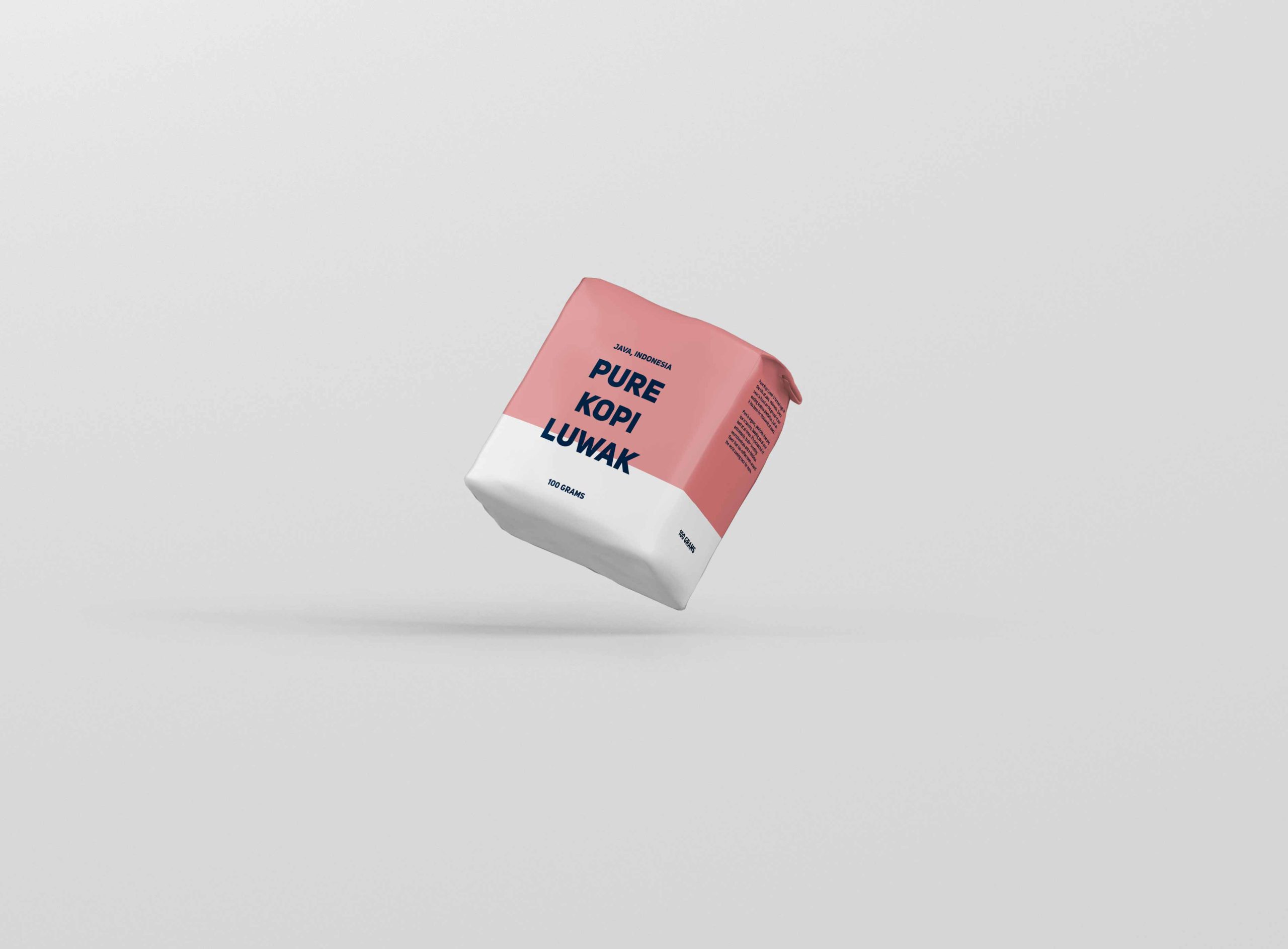Chances are you’ve been hearing the phrases “cold press” or “cold brew” a lot lately. It’s the favorite drink of many coffee lovers right now, and with good reason: cold press coffee is easy to drink, super smooth, and arguably the easiest type of coffee to make at home. When you combine the power of cold brew with the uniquely rich flavors of kopi luwak, you’re bound to be more than impressed.
At the same time, cold press coffee is chemically distinct from other types of coffee because its beans are never subjected to hot water. As a result, what you end up with is a chocolatey, concentrated form of coffee that regular methods can’t match. Not only that, but cold brew is easy to make because it doesn’t require any heat or power: all you do is mix your kopi luwak coffee grounds with water, let that mixture sit overnight, and then strain and serve it the next day.
For its ease of use and concentrated format—the jar of cold brew you steep overnight turns into at least two jars of coffee—cold brew is a favorite amongst campers, travelers and outdoorsy types. At the same time, it’s served at just about every top coffee shop in the world. Why does cold press have such a wide appeal? Let’s make a batch and find out.
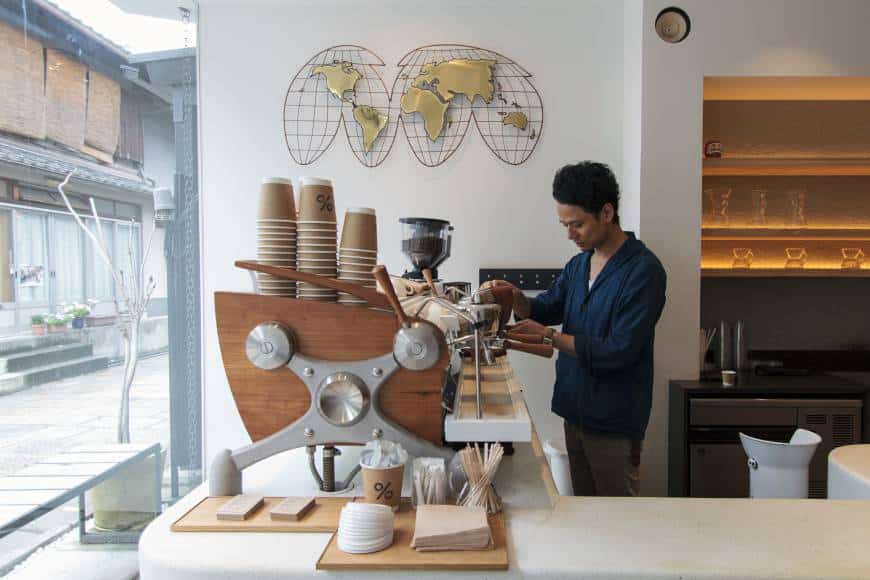
Coffee is taken seriously in places like Kyoto
History Of Cold Press Coffee
Though it may seem cold brew has only popped up in the last decade or so, its roots actually stem back to 17th-century Japan. As the story goes, Dutch traders from Indonesia introduced cold brew to their Japanese counterparts as an easy, portable way of making coffee that, notably, didn’t require fire to make. The Japanese were already cold brewing tea at the time, so cold press coffee was a natural next step. It was in Japan that cold brew gained real popularity for the first time, earning nicknames like “Kyoto coffee” and “Dutch drip.”
Of course, there’s much more to the history than that. In 1922, the newly-published book “All About Coffee” noted that “In Cuba, the custom is to grind the coffee fine, to put it into a receiving vessel, and to pour cold water on it. This is repeated many times, until the coffee mass is well saturated.” Cold brew had made its way around the world, though none too quickly.
Cold Press Coffee Is Less Acidic Than Regular Coffee
The chlorogenic acid in coffee, the polyphenol we discuss in our review of the health benefits of kopi luwak, gets oxidized and degraded when you heat coffee. In particular, chlorogenic acid degrades into quinic acid and caffeic acid, which can cause the coffee to turn bitter. When you cold brew instead, you avoid up to two-thirds of the acid you’d get in a hot cup, and since we know that kopi luwak’s lower protein content makes it taste less bitter already, your kopi luwak cold brew might just be the tastiest coffee you’ve ever had.
Does Cold Brew Have More Or Less Caffeine Than Regular Coffee?
There’s a lot of argument both ways here, but I prefer to go straight to the science to settle it. This 2017 study, which builds off of the previous scientific work done on the chemistry of cold brew coffee, shows that cold press has slightly lower levels of caffeine than regular coffee. I emphasize slightly because the differences are really quite narrow: on average, there was about 10% less caffeine in cold brew after 12 hours of brewing. If you allow your cold brew to steep for a full 18 or 24 hours as many people suggest, that caffeine content would be virtually the same as in a hot cup.
This goes against standard logic, which suggests that because the coffee beans are exposed to the water for so long when making cold brew (anywhere from 12-24 hours), that a cup of cold press would be much stronger than regular coffee. But that’s not the case. Since temperature has a strong effect on the solubility of the coffee (how much the coffee infuses the water), cold brew takes much longer by necessity. Pressure is another factor that impacts solubility, which is why espresso, made under extremely high pressure, packs a much heavier punch than an equivalent amount of regular coffee. Grind size has an impact, too; smaller grounds make for a stronger coffee, for the same reason that smaller ice cubes melt faster than larger ice cubes: their volume is spread out over a larger surface area.
How To Make Cold Press Coffee Using Kopi Luwak Beans
Makes 2 cups
What You Need
Ingredients
- ⅓ cup ground kopi luwak coffee beans (medium-coarse grind is best)
- 1 ½ cups water
Equipment
- Coffee grinder
- Mason jar
- Cheesecloth
- Fine-mesh metal strainer
- Coffee filter
Instructions
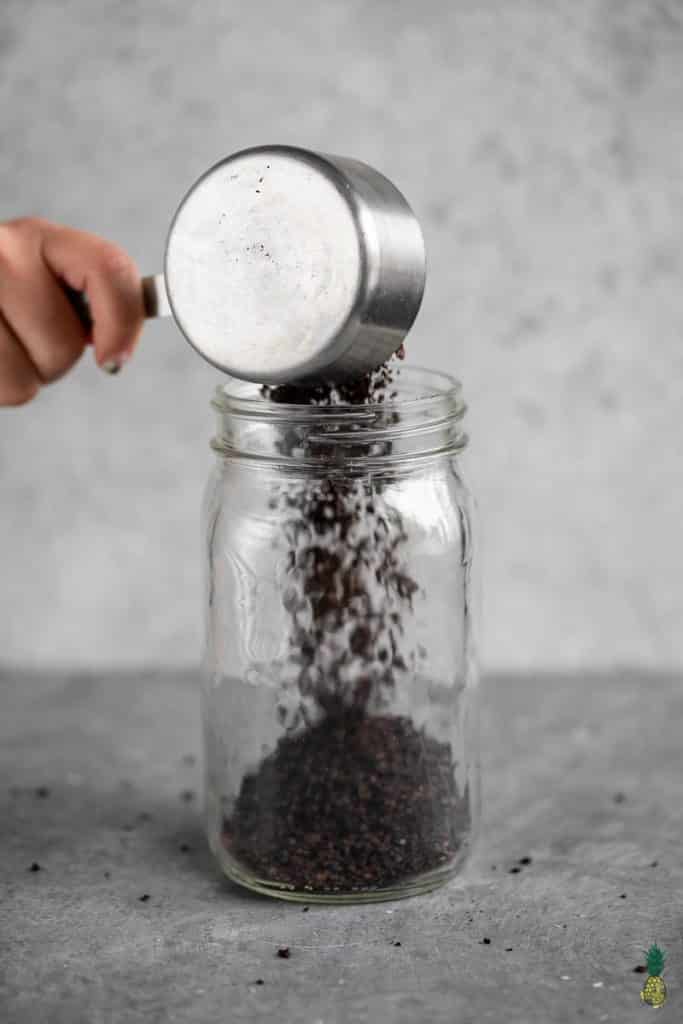
Step 1: Prepare
Dump your kopi luwak coffee grounds into a Mason jar, then pour in your water and stir. Fasten the lid and let the jar rest at room temperature overnight, or if you prefer to drink your cold brew without ice, leave it in the fridge for 24 hours before drinking instead. Brewing in the fridge takes longer, since the infusion process happens more slowly at lower temperatures. There’s no need to stir the cold press as it sits—just let it be.
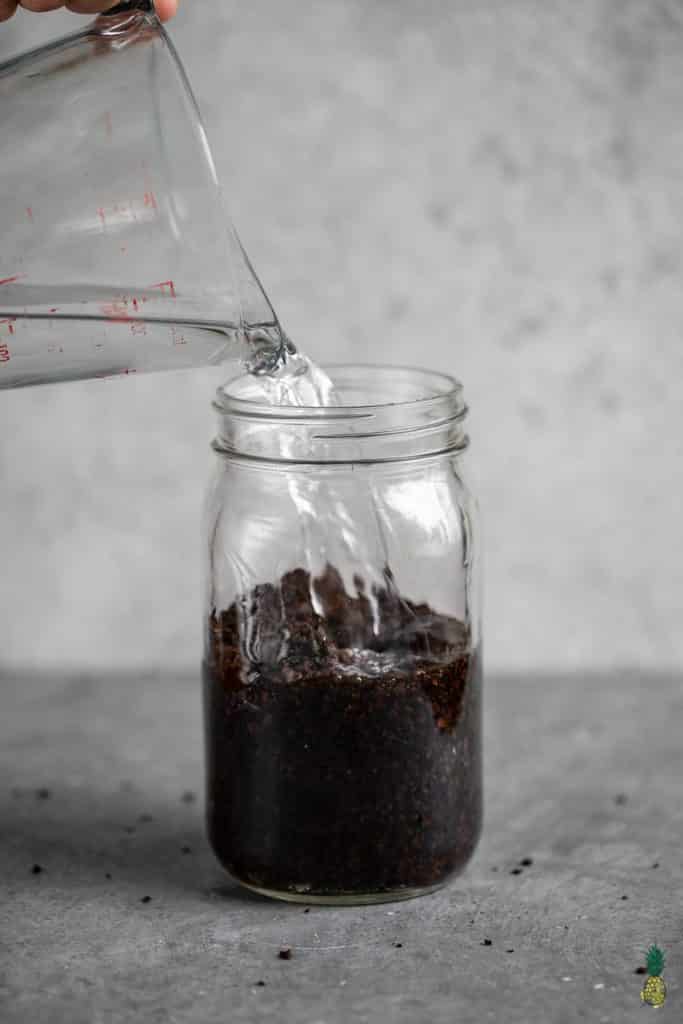
Step 2: First Strain
For the first strain, pass the cold brew through a fine-mesh metal strainer, a strainer lined with cheesecloth, or just a cheesecloth. This will remove the large sediments and all of the remaining grounds. Don’t push down on the grounds to extract more coffee, as this will give your cold brew a distinctly bitter flavor. Instead, wait 5 minutes and work with what’s come through the strainer at that point.
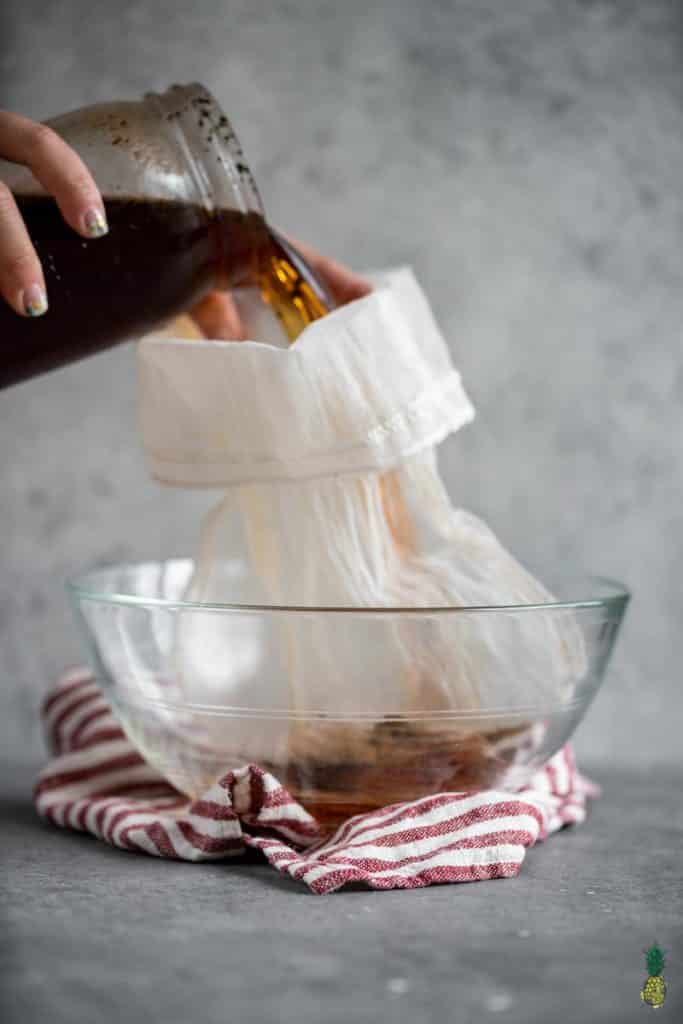
Step 3: Second Strain
For the second strain, add a coffee filter to your strainer and strain through that to ensure the small sediments are filtered out. Though straining twice may seem like overkill, it’s important to ensure you have a smooth-tasting cold brew kopi luwak.
Pro Tip: Submerge your coffee filter in water before you pour your cold brew through it. This ensures that the filter is already “full” and has no more room to absorb your cold brew. To do it, dip the entire filter into a bowl of water or run it under the tap, squeeze it like a stress ball to remove any excess water, and then it’s ready to use. This quick step will yield a little bit more cold press than you would’ve had otherwise.
Step 4: Serve
Cold brew is actually concentrated coffee, so it needs to be diluted before you drink it. We recommend mixing your concentrate with equal parts water, though you can add even more water if you prefer. Serve it in a tall glass of ice.
Pro Tip: Since cold brew is much less acidic and naturally carries a caramely, chocolatey flavor, you probably won’t need any sugar or even milk to enjoy it.
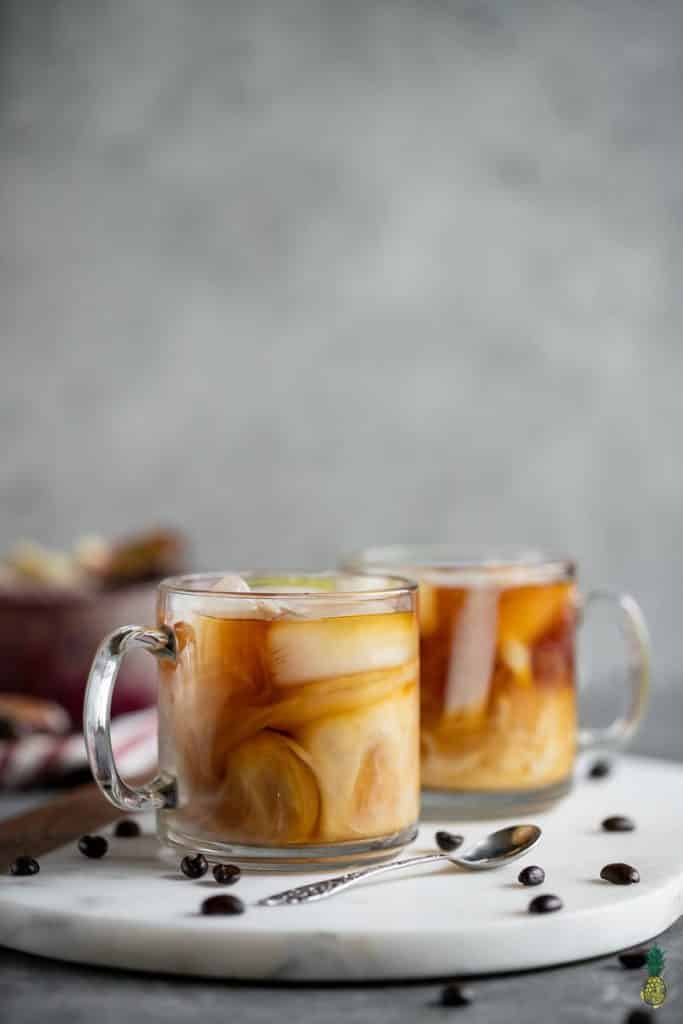
Step 5: Store
If you don’t finish all of your cold brew, simply store it in a Mason jar or another sealed container. The cold brew concentrate is good for up to 2 weeks in a sealed container, or if you’ve already diluted it with water, it’s good for 2-3 days.
How Long Do I Need To Wait For My Cold Press?
The same study we mentioned above shows that cold brew coffee is 90%+ absorbed at the 400-minute mark (~7 hours) relative to the 1,440-minute mark (12 hours), regardless of how your beans are roasted and ground. While the study didn’t extend these times to 18 or 24 hours, it’s safe to assume that the absorption rate is even slower after that point. Put simply, the difference between 7 hours of cold brewing and 24 hours of cold brewing is negligible, so if you’re out all day and want to throw your morning cold brew together just before bed, that’s totally fine.
Can I Make A Big Batch Of Cold Brew?
Yes! Since your cold brew concentrate lasts up to 2 weeks in a sealed container, larger batch sizes are fine. Instead of making it in a Mason jar, brew it in a larger container and then transfer the strained cold brew concentrate into Mason jars or other sealed containers to store.

